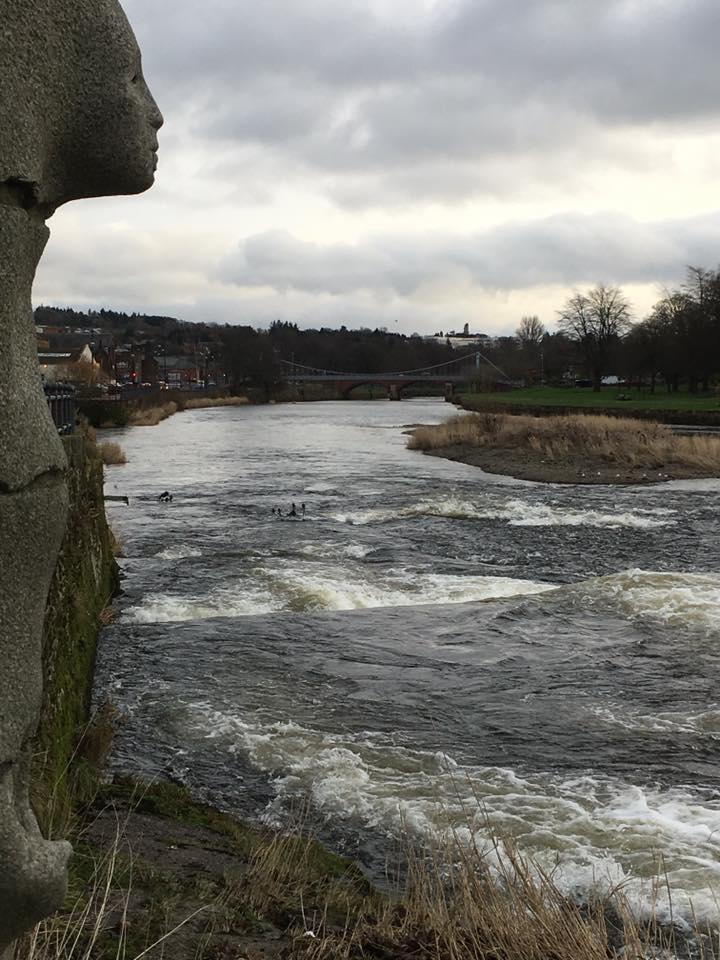More parts of Scotland are facing critically low river and groundwater levels in the latest water scarcity report published by the Scottish Environment Protection Agency (SEPA).
Four areas have reached Significant water scarcity this week, the highest level, following a period of prolonged, dry weather. They are the Rivers Annan and Nith in the southwest, as well as the Black Isle and the Outer Hebrides.
There has been no improvement in the Loch Maree area of the Highlands, which remains in Significant for a fourth week, although the Esk in Dumfries and Galloway has improved from Significant to Moderate Water Scarcity.
In order to protect the sustainability of local water environments, SEPA has required a small number of farmers on the Black Isle to reduce the volume they take from the Newhall burn. These licence variations will be for the minimum time necessary and will be lifted as soon as possible.
Abstractors in other areas that have reached Significant this week have also been contacted by SEPA. Some already have conditions on their licence to protect the environment from low flows. For others, permitted volumes will be reduced where necessary.
Head of Water and Planning at SEPA, Nathan Critchlow-Watton said:
“The water environment in parts of Scotland is clearly under stress and protecting it remains our top priority. We recognise the challenges businesses face as a result of these conditions, and we want to support those who are efficient and using the least water to continue operating.
“We will be avoiding full suspensions on water abstractions where possible and instead requiring a significant reduction in the volume of water taken from rivers and lochs.
“Where restrictions are not in place, abstractors are expected to follow SEPA’s advice and guidance for the conditions reported in their areas. This will give water levels a better chance to recover.”
There have been widespread showers across the country this week, with particularly heavy rainfall across central and western Scotland. This has caused some localised improvement in conditions, with further recovery in Argyll and Bute from Alert to Early warning. However, the rain has not been sufficient for large-scale recovery, and many areas remain at risk of water scarcity.
Without a period of consistent rain, it’s possible six areas could be escalated to Significant Water Scarcity in early July. SEPA is liaising with licensed abstractors in all affected industries, including agriculture, food and drink and leisure. Advice is also being provided to abstractors in Alert or Moderate Scarcity areas.
Guidance has already been published on which abstractors may be excluded from restrictions or have the volume of water they can take reduced rather than stopped. This will not be possible for all abstractors. SEPA will be in direct contact with businesses affected to provide additional advice.
Abstractors and irrigators are asked to manage water wisely, check SEPA’s water scarcity reports regularly and be aware of the situation in their area. They should regularly check abstraction equipment to make sure it’s in good condition and fix any leaks straight away. During dry periods, the volume and rate of abstractions should be reduced where possible.
It is also crucial for businesses to have a contingency plan for if restrictions are put in place by SEPA on abstractions. This can include using an alternative source if available within current authorisations.
SEPA continues to monitor and report weekly on river and groundwater levels.
More information, guidance and advice can be found at www.sepa.org.uk/waterscarcity.






